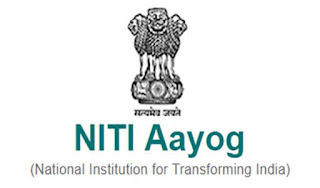A good life is one inspired by love and guided by knowledge

Once there was a little boy named Raj. He saw three monks in front of his home one day and told his mother that they should invite them for breakfast. So, he and his mother welcomed the three priests. All of them were pleased to see their affection. Then one monk said to Raj and his mother that the three of them cannot eat together at the same place, so they must choose one of them. The three of them named themselves as “Money”, “Love” and “Success”. Raj’s mother decided to discuss the situation with her husband. She said that they should invite ‘Money’, as he will bless us with wealth. Raj’s father told that they should invite ‘Success’, if we succeed automatically money will come. Then Raj interrupted and told them to invite ‘Love’, if we get love then we will be both successful and rich. Then the family invited ‘Love’ and the other two followed. Raj was surprised to see that and asked the one that said the three of them cannot eat together, to which the monk smiled and replied, w...


